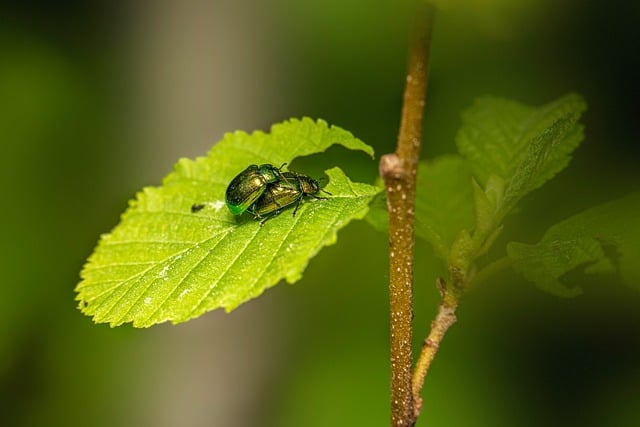Centennial residents can identify opossum presence through their clawed foot prints, 2-3 inches long with five toes. For humane wildlife control, use non-lethal trapping strategies near known paths and feeding areas baited with berries or dog food. Professional traps ensure safe capture and relocation of opossums without harm to the animals.
In the vibrant landscape of a Centennial yard, unexpected visitors may leave behind identifying animal tracks—one such common sight is the opossum. Understanding their behavior and habitat is crucial for effective wildlife control. This guide supports homeowners by offering practical tips on choosing the right traps for humane capture and release. By navigating the unique characteristics of these elusive creatures, you can ensure a safe and responsible interaction with nature in your backyard.
- Understanding Opossum Behavior and Habitat
- Choosing the Right Traps for Effective Capture
- Humanely Trapping and Releasing Opossums
Understanding Opossum Behavior and Habitat

Opossums, or possums as they’re sometimes called, are unique marsupials known for their slow-moving demeanor and strong defense mechanisms. Understanding their behavior is crucial when it comes to effective wildlife control. These creatures prefer secluded habitats, often hiding in dens during the day and becoming active at night. In residential areas like Centennial, they might seek shelter under decks, porches, or even in abandoned buildings.
When identifying animal tracks in your Centennial yard, look for distinctive signs of opossums. Their footprints are typically about 2-3 inches long with five toes on each paw. Unlike other animals, opossums have a unique gait, often leaving behind a series of parallel tracks due to their clawed feet. Knowing these behavioral and physical characteristics can help homeowners implement tailored trapping strategies to humanely address opossum infestations while respecting the animal’s natural behavior.
Choosing the Right Traps for Effective Capture

When it comes to wildlife control, especially with opossums in your Centennial yard, selecting the appropriate traps is key to successful capture. The first step is understanding the behavior and habits of these creatures. Opossums are known for their distinctive tracks, which can be identified by their small, clawed feet imprints. By learning to recognize these tracks, property owners can set traps effectively.
For opossum trapping, box or cage traps are commonly recommended. These traps provide a safe and humane capture method as they enclose the animal without causing harm. Setting the trap near known opossum paths or areas where they feed on identified plant species is strategic. Additionally, using baits like berries, fruits, or dog food can encourage opossums to enter the trap, ensuring a more efficient capture process.
Humanely Trapping and Releasing Opossums

When it comes to wildlife control, particularly with opossums, a humane approach is essential. Opossums are adaptable creatures and often become a part of the local ecosystem, especially in areas like Centennial where they can thrive. Identifying animal tracks in your yard is a first step; however, instead of resorting to lethal methods, consider non-lethal strategies.
Trapping is an effective way to manage opossum populations humanely. Professional traps designed for these animals allow for safe capture without causing harm. Once caught, opossums can be relocated to suitable areas where they can continue their natural behaviors undisturbed. This method not only ensures the well-being of the animals but also prevents potential conflicts with residents.
When dealing with opossums in your Centennial yard, understanding their behavior and choosing the right traps are key. By identifying animal tracks and utilizing humane trapping methods, you can effectively manage these wildlife visitors while ensuring their well-being. Remember, proper trap selection and handling techniques are essential to a successful and ethical opossum control strategy, keeping both your space and the animals safe.
